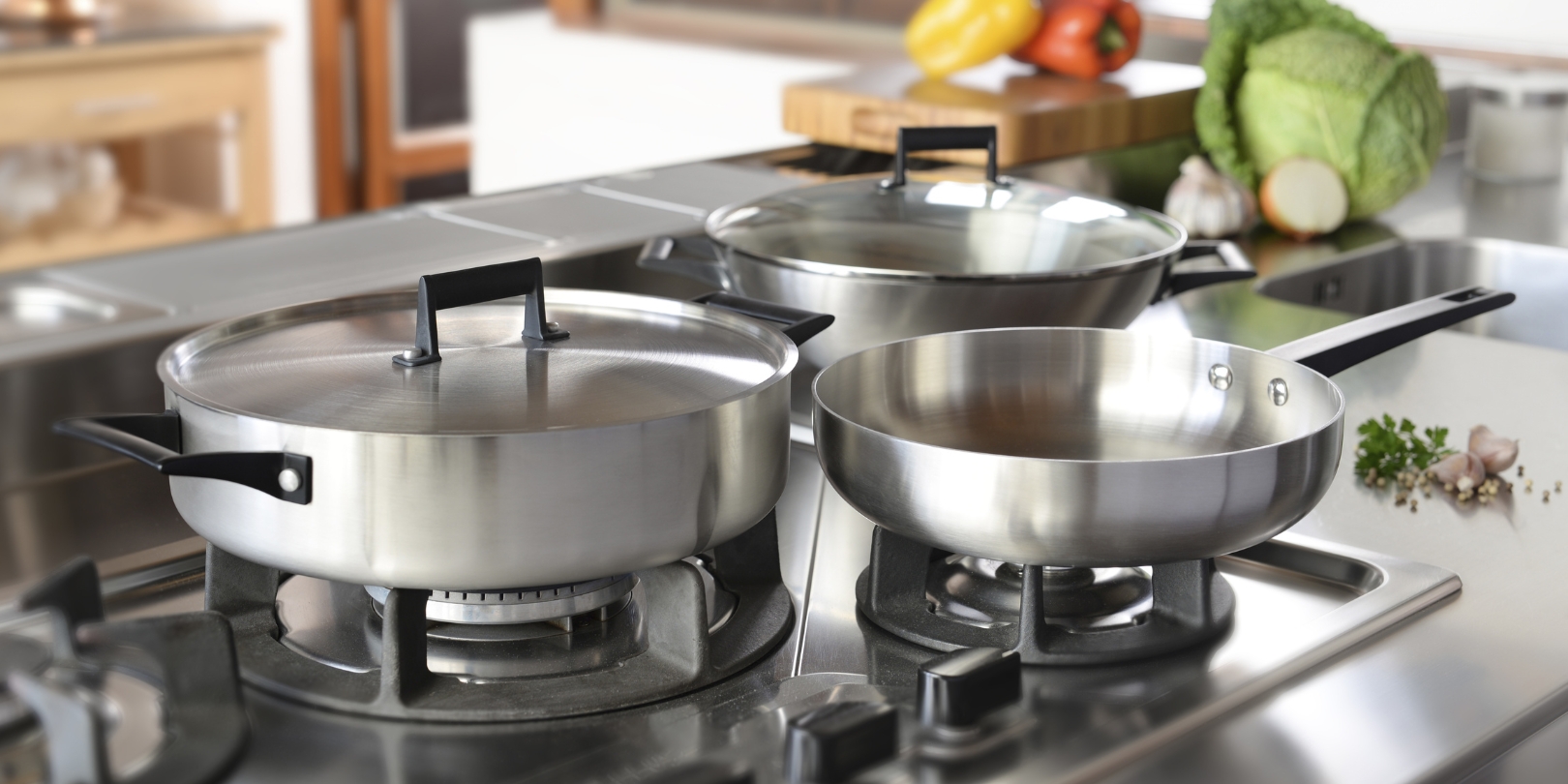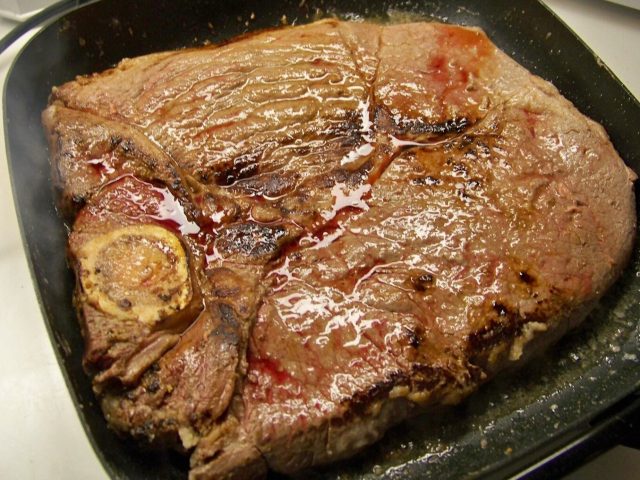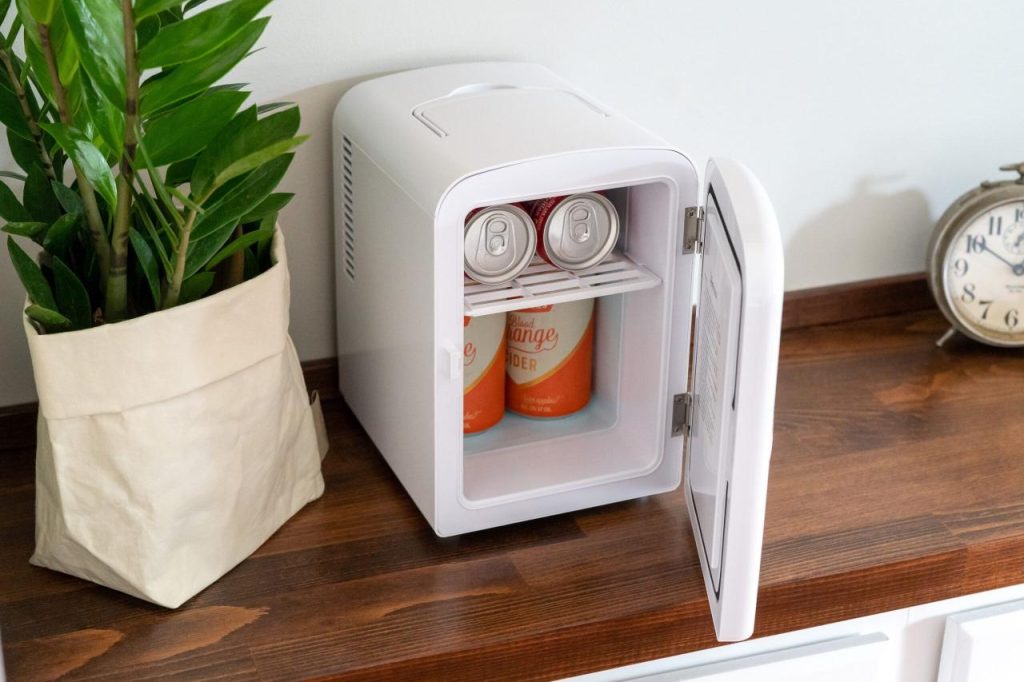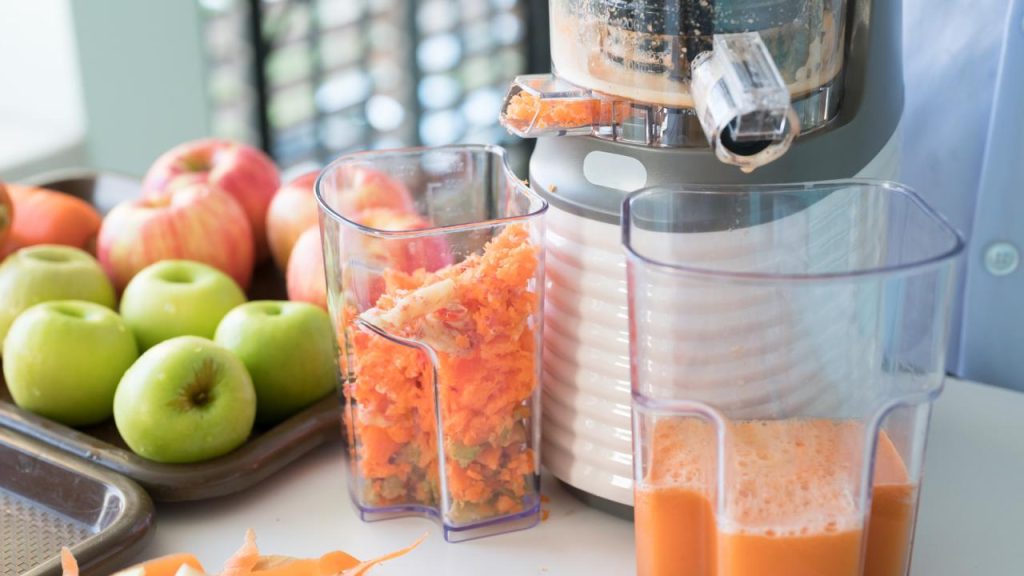The safety of aluminum cookware has been a continuous subject of discussion and concern in the culinary realm. The question arises: Is aluminum cookware safe?
In this investigation, Cook Eat Delicious thoroughly explores the nuanced aspects of aluminum cookware safety. Factors such as leaching and potential health implications are examined to offer a comprehensive understanding for making thoughtful and informed choices in cooking.
Are aluminum cookware safe?
Aluminum Leaching and Health Considerations
Recognized for its affordability and excellent heat conductivity, aluminum cookware has earned its place in kitchens worldwide.
Despite its widespread use, concerns about potential health risks associated with aluminum cookware have surfaced. A particular focus revolves around the possibility of aluminum leaching into food during the cooking process.
This occurrence is especially noteworthy when dealing with acidic or salty foods, like tomatoes or specific sauces, which can expedite the leaching process. Existing research suggests a potential connection between increased aluminum intake and health issues, particularly in relation to neurological functions.
It’s crucial to note that the amount of aluminum leached into food from cookware is generally considered minimal and falls within acceptable limits according to regulatory standards.
Furthermore, the human body has mechanisms for eliminating excess aluminum, contributing to the ongoing debate about the actual health risks associated with aluminum cookware.

Risk Mitigation through Prudent Cooking Practices
As we navigate the intricacies of aluminum cookware safety, a proactive approach in the kitchen becomes imperative. This involves not only acknowledging potential risks but also implementing measures to alleviate them.
By embracing safe cooking practices—controlling heat exposure and cooking duration, selecting suitable utensils, and considering alternatives such as anodized or coated aluminum cookware—individuals can strike a balance between enjoying the convenience of aluminum cookware and safeguarding their health.
This section provides practical guidelines for users to effectively navigate the nuanced landscape of aluminum cookware safety.
Types of Aluminum Cookware and Their Safety Profiles
When evaluating the safety of aluminum cookware, a nuanced consideration involves the exploration of various types available in the market, each subjected to different manufacturing processes and treatments that significantly influence their safety and performance.
Anodized Aluminum Cookware
One notable category is anodized aluminum cookware, distinguished by a process that imparts enhanced resistance to corrosion and elevates surface hardness. The anodization procedure creates a protective layer on the cookware, rendering it safer than traditional aluminum counterparts. This protective layer serves as a barrier, minimizing the potential for aluminum leaching into the food during the cooking process. Consequently, anodized aluminum cookware is often regarded as a preferable option for those concerned about potential health risks associated with aluminum exposure.
Non-Stick Aluminum Cookware
Another prevalent variant is non-stick aluminum cookware, characterized by a coating designed to prevent food from adhering to the surface. While the non-stick feature adds convenience to cooking and cleaning, concerns have been raised regarding the safety of the coatings. Some non-stick coatings may contain chemicals like polytetrafluoroethylene (PTFE) or perfluorooctanoic acid (PFOA), which have raised health-related apprehensions.
Scratching or deterioration of the non-stick surface is a potential concern, as it could expose the underlying aluminum. This exposure raises questions about the impact on food safety, as the protective layer provided by the coating is compromised. Consequently, users are encouraged to handle non-stick aluminum cookware with care, avoiding the use of metal utensils that may scratch the coating and being mindful of the overall condition of the cookware to ensure its long-term safety and performance.
In conclusion, a thoughtful consideration of the type of aluminum cookware, such as anodized or non-stick variants, coupled with prudent usage practices, is integral to making informed choices that prioritize both the convenience of cooking and the safety of the kitchen environment.
Tips for Safe Use of Aluminum Cookware
While the safety of aluminum cookware remains a nuanced and ongoing discussion, adopting certain measures can help mitigate potential risks and ensure safe usage in your kitchen.
- Avoid High Heat and Prolonged Cooking Times: Limit exposure to high heat and extended cooking times, as these factors can elevate the likelihood of aluminum leaching into your food. By moderating temperature settings and avoiding prolonged cooking durations, you can reduce the potential impact on the safety of your aluminum cookware.
- Use Wooden or Silicone Utensils: Opt for utensils crafted from wood or silicone to prevent scratching the surface of your cookware. Scratches can compromise the protective layers or coatings, potentially exposing the aluminum underneath. Choosing utensils that are gentle on the cookware’s surface helps maintain its integrity and reduces the risk of aluminum leaching.
- Regularly Inspect and Replace Damaged Cookware: Periodically examine your aluminum cookware for any signs of damage, including scratches, pitting, or corrosion. Promptly replace any pieces that exhibit such damage to uphold the overall integrity and safety of your cookware. Regular inspections contribute to early detection and preventive maintenance.
- Consider Anodized or Coated Options: When selecting aluminum cookware, give preference to anodized or coated varieties. Anodized aluminum cookware undergoes a process that enhances its resistance to corrosion, creating a protective layer that minimizes the risk of aluminum leaching. Similarly, coated options provide an additional barrier, reducing the potential exposure of aluminum to your food. These alternatives contribute to a safer cooking experience and enhance the overall safety profile of aluminum cookware.
In conclusion, by adopting these practices and considering alternative options, such as anodized or coated varieties, you can navigate the nuances of aluminum cookware safety and prioritize a safer cooking environment in your kitchen.
In conclusion, the Safe Use of Aluminum Cookware is a nuanced and evolving topic. While some concerns exist, incorporating safe cooking practices and opting for specific types of aluminum cookware can mitigate potential risks, allowing you to continue enjoying the benefits of this widely used kitchen material.








